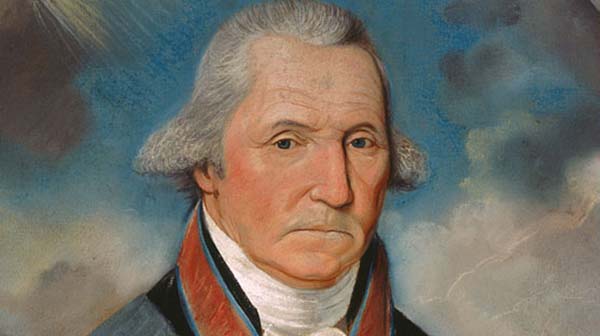Many things have been written about George Washington. Most are true while some are myths and legends created after his death. Some key facts just are not well-known.
Washington probably did not chop down a cherry tree. Well, he might have, but it did not occur as the tale would have you believe. The story about telling the truth and chopping a cherry tree was invented by Mason Weems shortly after Washington’s death. It is ironic that the story teaches the lesson of honesty.
Washington Myths and Legends
Washington never wore a powdered wig, as was the custom for men at the time. Washington kept his own hair, which he wore long and tied in a pony tail or queue. He did powder it, though, especially later in life as it turned gray.
As a military leader and statesman, Washington was well traveled, but he wasn’t worldly. Before the Revolutionary War, he surveyed the continent’s vast wilderness, which now encompasses parts of Pennsylvania, Virginia and West Virginia. He also ventured into these areas as a British officer during the French and Indian War. As president, he visited all 13 states. This included extensive tours of New England and Long Island.
He only left the country once. At 19, he traveled to Barbados in the West Indies with his older half-brother, Lawrence. They had thought the warm climate would help Lawrence’s failing health but he died within the year. The house in which they lived still stands today.
At no time during his 67 years did he have wooden teeth. Most of his teeth were false later in life, but they were made out of a combination of his own teeth, a cow’s tooth, hippopotamus ivory, metal and springs.
The Washington Family
Not much is known about Augustine Washington, George’s father who died when the younger Washington was 11. George rarely spoke about him. However, his mother, Mary Ball Washington, is well known. She lived until 82 and George did all he could for her, though she was described, at times, as a difficult and domineering woman. The home George obtained for her later years still stands as a museum in Fredericksburg, Virginia. He did have a number of brothers and sisters, including half-siblings from his father’s first marriage.
George only married once, to the widow Martha Custis. They did not have any children, but he raised her two children from her previous marriage as if they were his own. The daughter, Patsy, suffered from epileptic fits. She died when she was 17. The son, John Parke Custis, died at 26 at the end of the Revolution. He succumbed to camp fever acquired when he served as s civilian aid to his step-father at the surrender at Yorktown.
Prior to and after his marriage, his letters indicated that he had affections for Sally Cary Fairfax, the wife of his neighbor and friend who was a member of a very wealthy family. He knew Sally before they were both married, but never seriously pursued her once she married first. It also is believed that before the Revolution, he was interested in Mary Philipse, a daughter of a wealthy manor owner who owned much land along the Hudson River north of today’s New York City. His true intentions with her never have been completely explained.
Washington’s Horsemanship
Since his youth, Washington loved horses. He was an excellent rider. Even Thomas Jefferson described him as the “best horseman” of his time. He participated in fox hunts, trained his own horses and often attended horse racing events.
His favorite horse was Nelson, which he rode throughout the war. The horse remained calm and obedient despite gunfire and confusion and carried Washington into and out of danger during several battles. After the war, Nelson enjoyed leisure at Washington’s Mount Vernon home. His reward for his wartime service was that he was never ridden again nor ever required to work.








